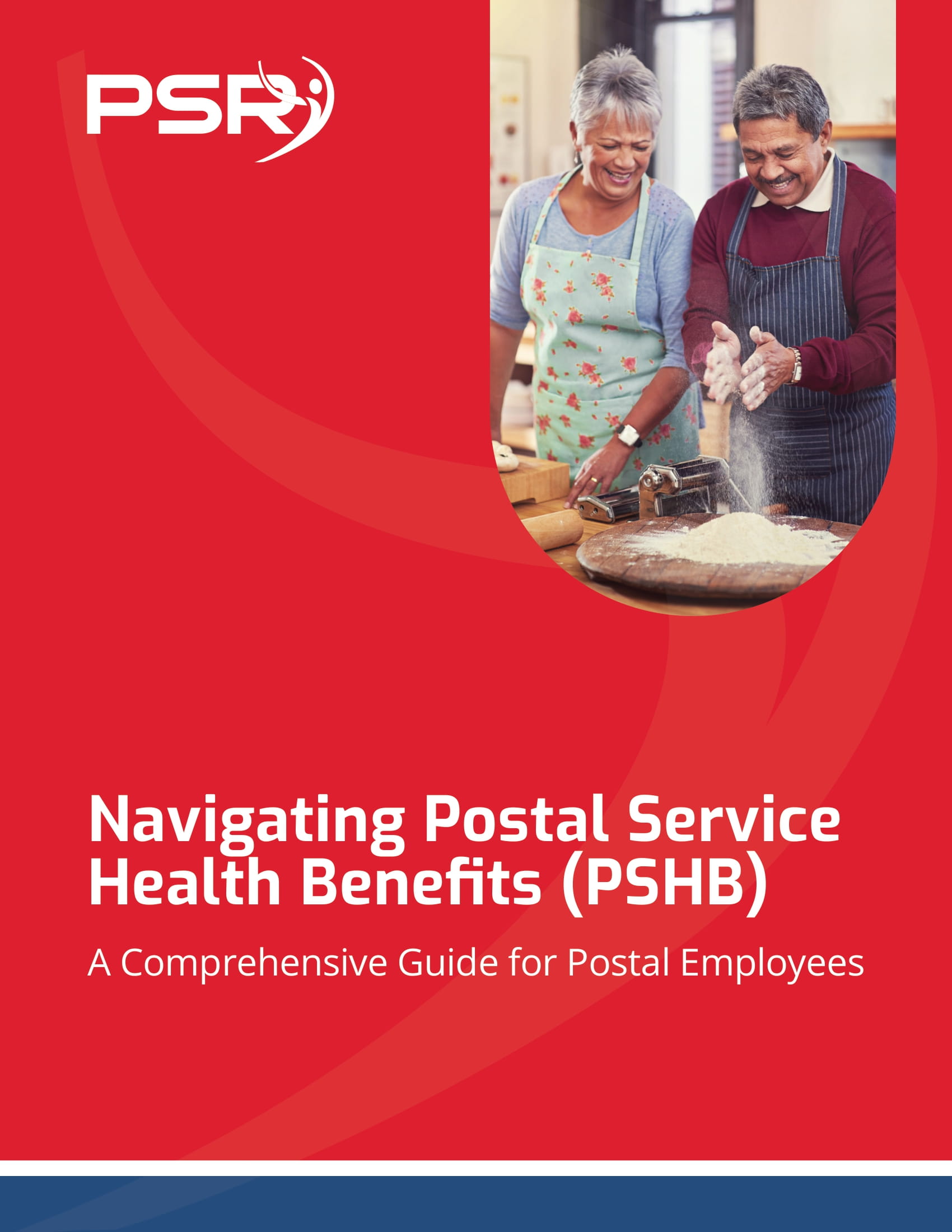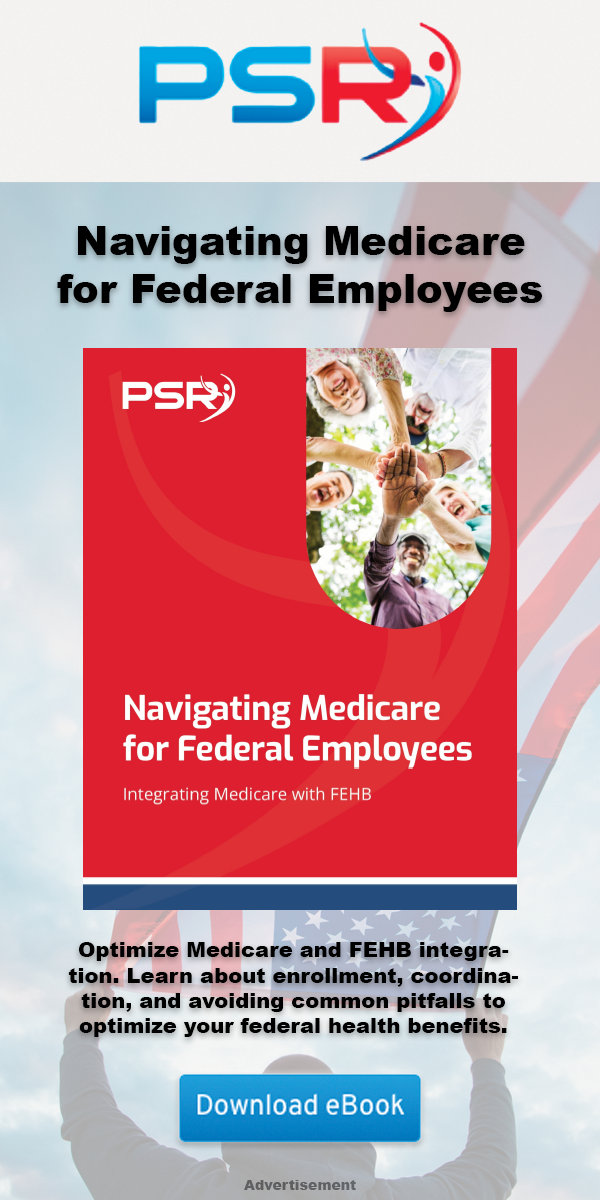[vc_row][vc_column width=”2/3″ el_class=”section section1″][vc_column_text]This fall, it should be easier to withdraw your money from the TSP, or Thrift Savings Plan, due to new changes. Partial withdrawals from your account whenever you want, as well as the ability to change your payment frequency at any time, are set to begin on the 15th of September of this year.
This is a vast improvement over the TSP restrictions currently available. As of current, there were only two types of loans one could take from the TSP, residential and general, with residential purposely set aside for buying a house, and requires proof. The general loan is just a normal loan against your TSP fund, paid back with interest set to match the return rate on the G fund, and must be paid in full within five years. Residential loans, on the other hand, you have 15 years to pay off.
- Also Read: Federal Retirement Advice You Didn’t Know You Needed—Until Now
- Also Read: The Latest Federal Employee News You Need to Know to Protect Your Retirement
- Also Read: Ready for Retirement? Here’s How Law Enforcement Officers Can Leave the Job with Benefits Intact
The age at which you can take an age-based withdrawal is 59 and a half years old or older. Financial hardship withdrawals don’t have any age restrictions but need proof provided as to why you need to take the loan. These types of withdrawals are subject to taxes and may have additional penalties. It is not necessary to pay these back as you would with a loan, but if you don’t pay them back the money will not be there in the account when it comes time for you to retire. Most advisors will warn you against these kinds of withdrawals.
But let’s say you aren’t borrowing against your TSP and instead have retired past the qualified retirement age (beyond 59 and a half years old) and want to access your funds. The way it is set up currently, you can either take a lump sum or a partial withdrawal. Lump-sum payments can be set up to pay out monthly, like a check, or can be taken out as a whole. Partial withdrawals are trickier. If you took a withdrawal earlier than 59 and a half, you are not currently allowed a second one.
But that is what is set to change coming this fall.
As of September, there will no longer be any restrictions on the amount of withdrawals you can take after leaving federal employment, even if you took an earlier age-based one. You can also access the money in part or full as a lump sum whenever it’s necessary.
The amount and the frequency of installed payments you can also change at any time, between annually, quarterly, or once a month. This is a big difference from your once-only-during-open-enrollment period that you currently were allowed to do.
The one age-based in-service withdrawal is now going to be able to be taken up to four times annually if you are still working but over 59 and a half years old. Post-retirement, that money can be accessed up to once a month, with stop and start payments as much as you desire. You will also be able to decide from which fund the withdrawal comes from, traditional, Roth, or partial from each. Before, those withdrawals had to be taken equally from both accounts.
The TSP will also calculate the amount for the minimum distribution for those who are over 70 and a half years old without you having to do anything, and this will lower your next tax bill. This is in addition to the addition of an online portal that will give you financial advice, as well as let you manage your fund. You’ll be able to do most things via the internet, come September.[/vc_column_text][/vc_column][vc_column width=”1/3″][vc_single_image image=”36545″ img_size=”292×285″ style=”vc_box_shadow”][/vc_column][/vc_row]









